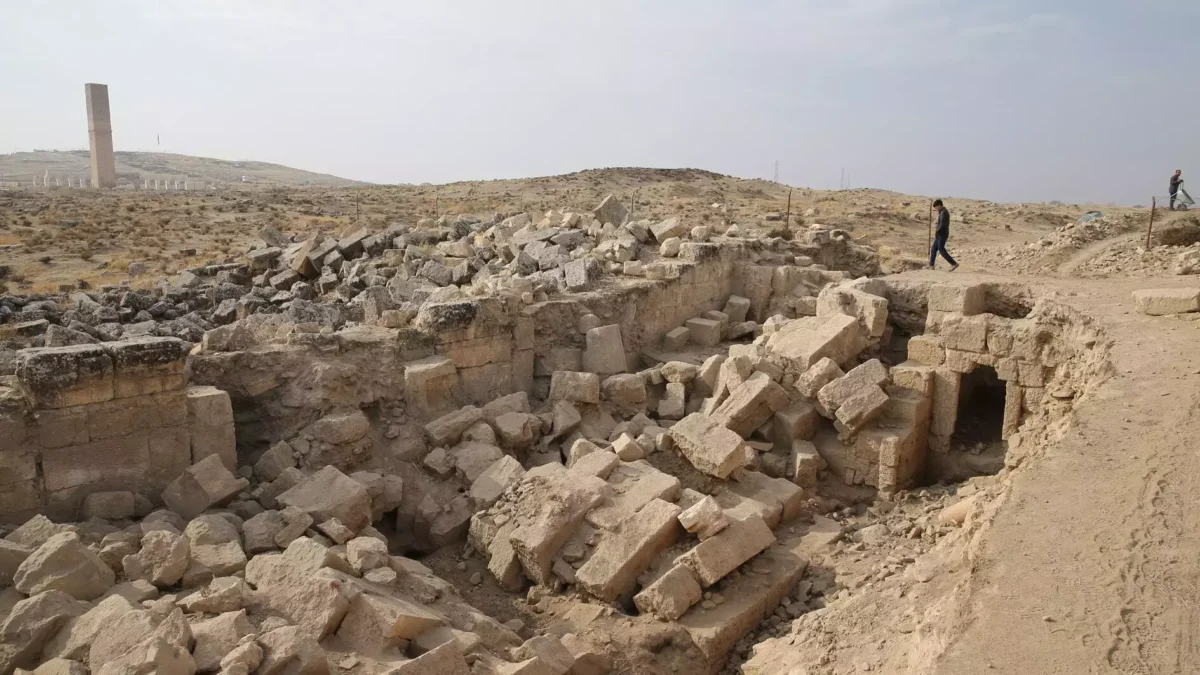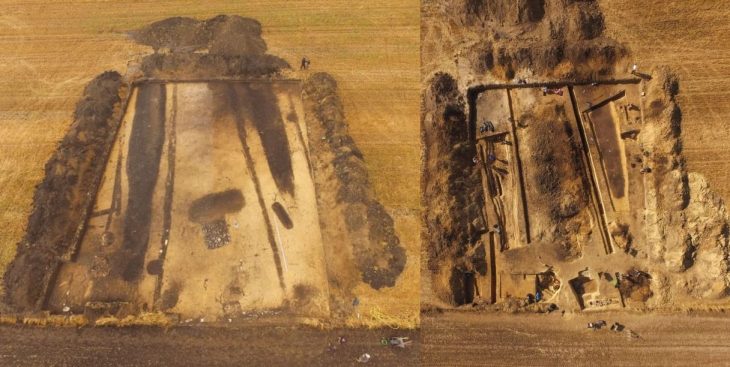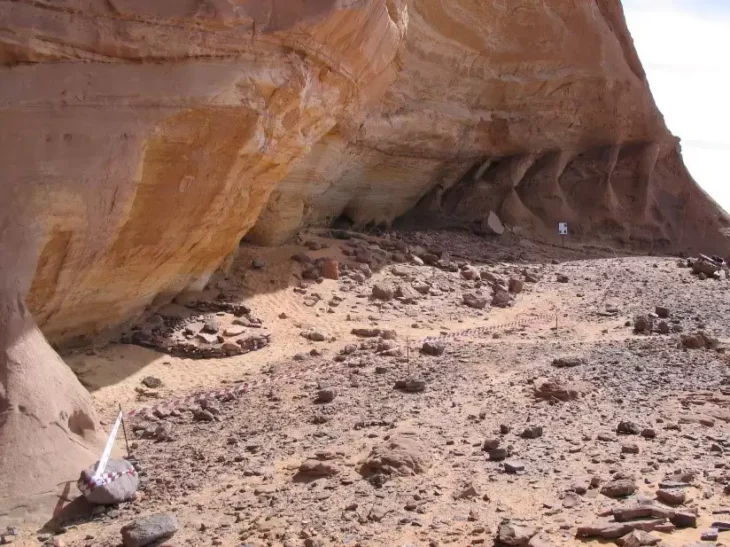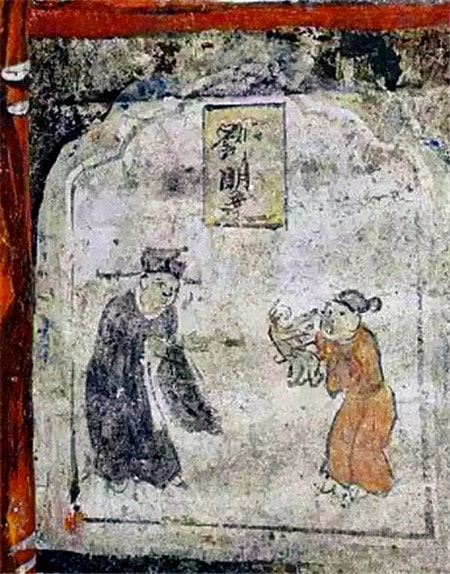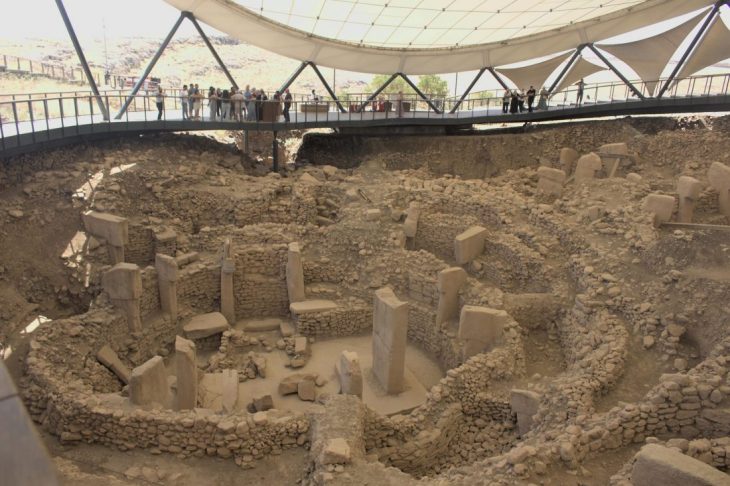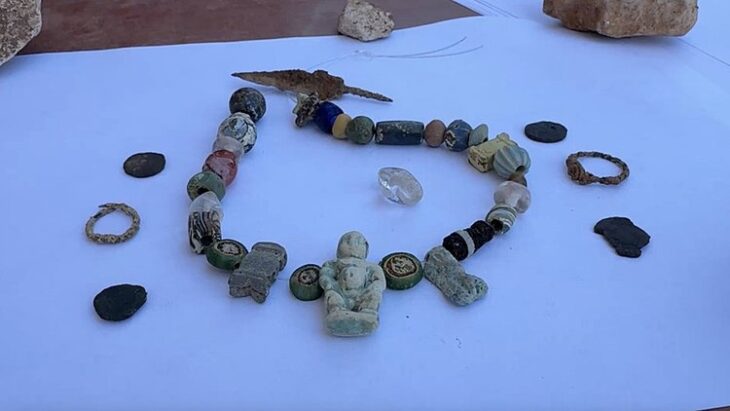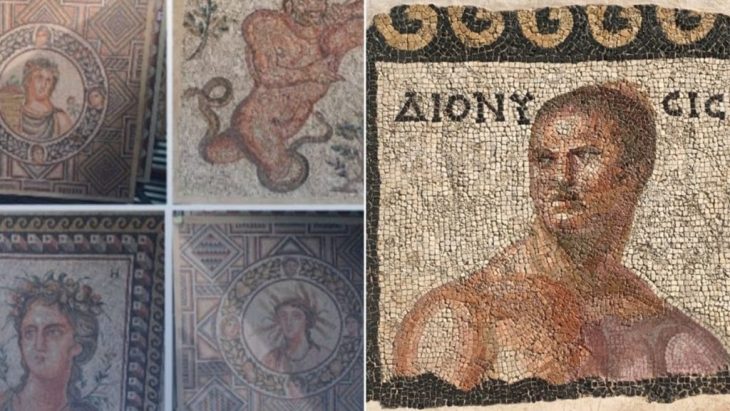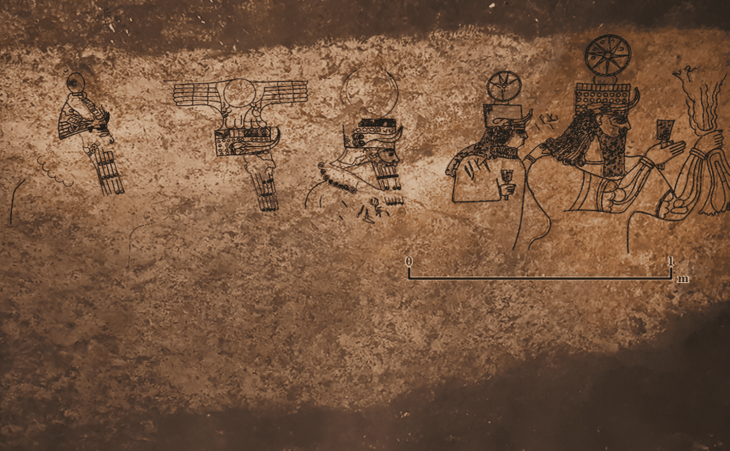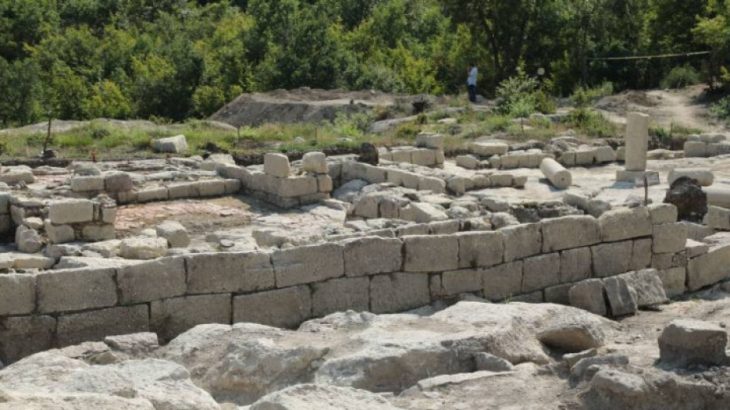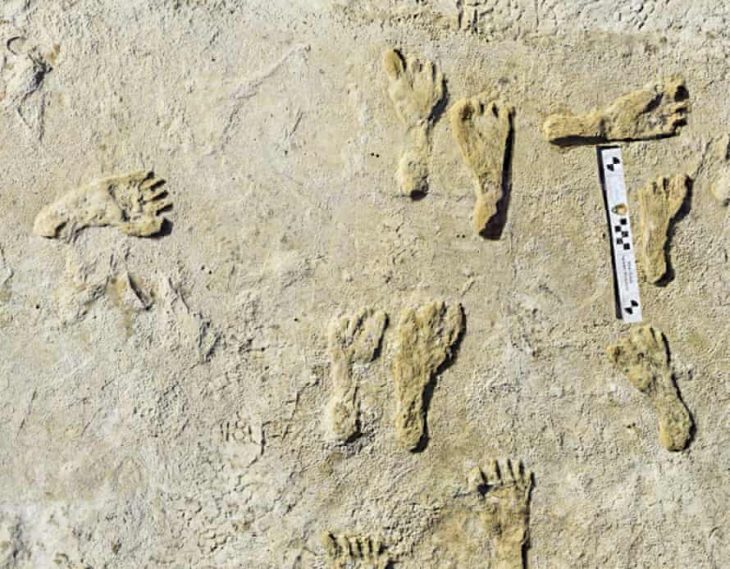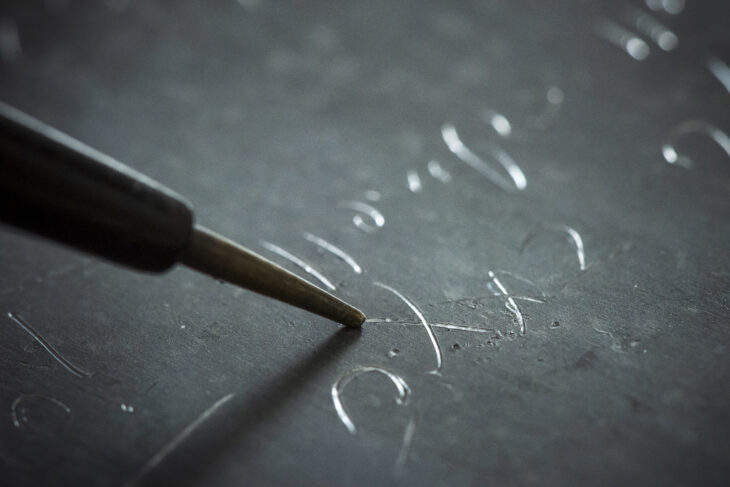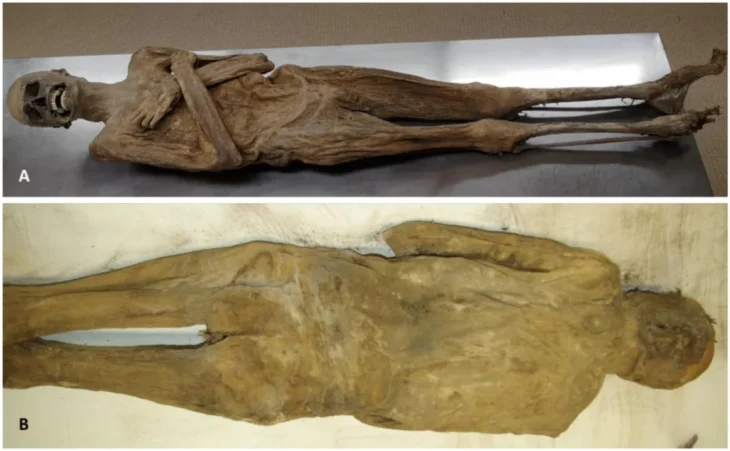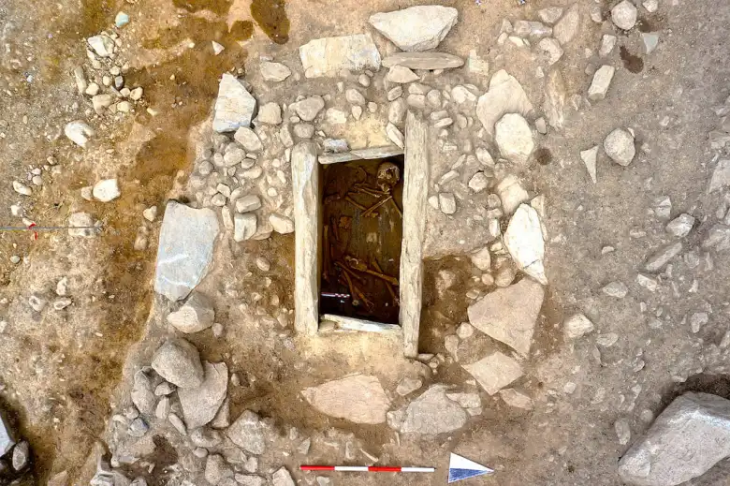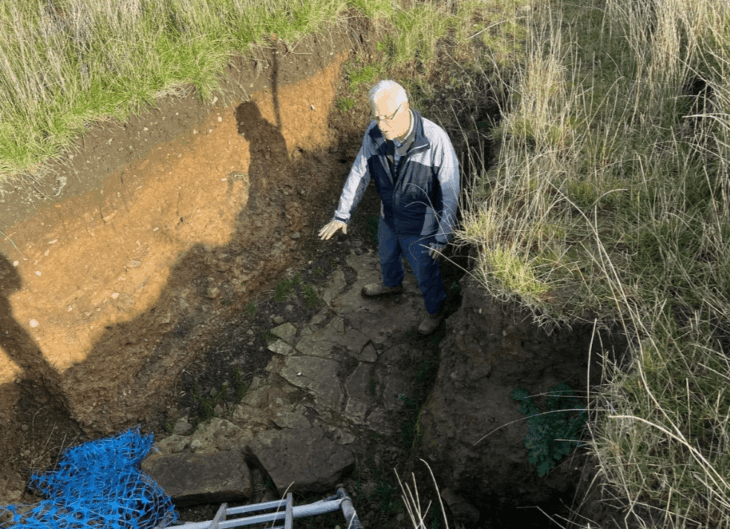Recent excavations at the historic Harran archaeological site, which is included on UNESCO’s World Heritage Tentative List, have yielded rare mosaic tiles and stained glass fragments that are conjecturally dated to the fifth century, positioning them among the oldest known examples in the region.
These remarkable artifacts are believed to have adorned the grand cathedral, a significant architectural feature of one of the world’s earliest settlements.
According to Professor Dr. Mehmet Önal, the site director of the Archaeology Department at Harran University, the recent and rare findings uncovered during the excavation of the cathedral ruins offer valuable insights into the architectural design of this historic structure.
Professor Önal emphasized the significance of the discovery, stating, “This is not an ordinary basilica. With a length exceeding 50 meters (656.1 feet), we classify it as Harran’s cathedral—a structure that is considerably larger than a standard church.”
The cathedral, situated 200 meters north of the renowned Harran Ulu Mosque, has revealed significant portions of its northern nave, walls, and intricately carved column capitals. Excavators have also uncovered three rare doors facing north, which further emphasize the architectural significance of the structure.
📣 Our WhatsApp channel is now LIVE! Stay up-to-date with the latest news and updates, just click here to follow us on WhatsApp and never miss a thing!!
The excavation team has uncovered a series of remarkable artifacts, including golden tesserae—small mosaic pieces renowned for their use in creating stunning wall art. These fragments, discovered within the arches and vaults of the cathedral, indicate a level of intricate ornamentation that likely adorned the entire structure, highlighting its artistic and architectural significance.
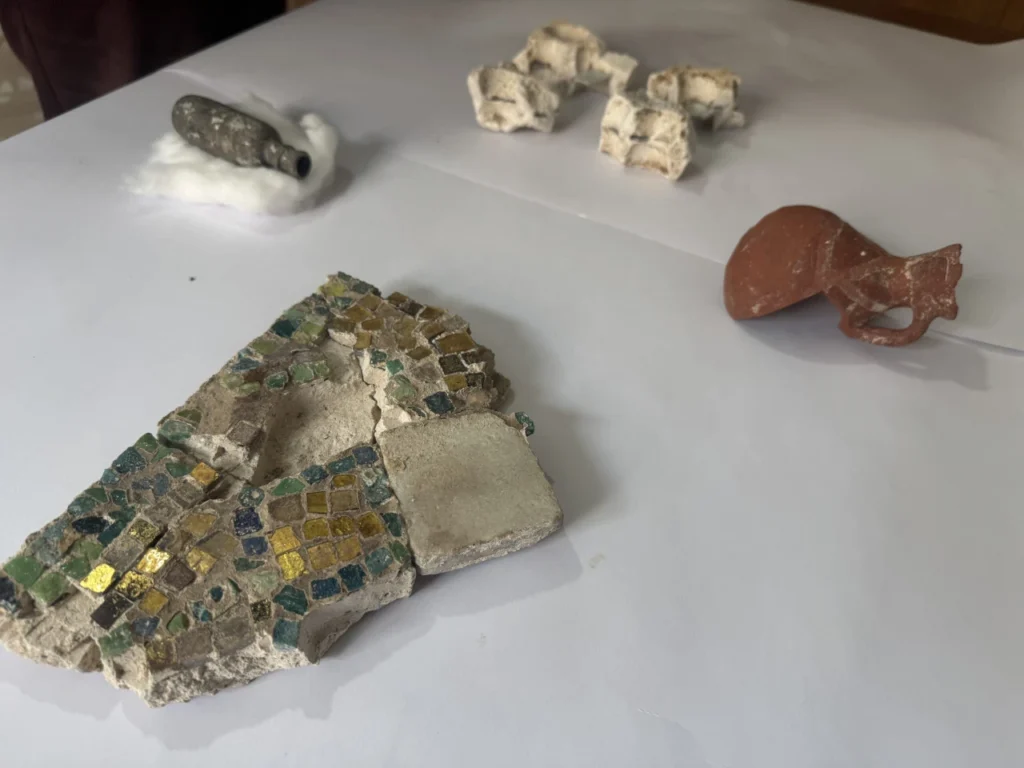
Professor Önal highlighted the discovery of gold-gilded glass mosaic tesserae utilized in the construction of the cathedral’s walls, arches, and vaults, noting that fallen brick vaults had also been previously unearthed. He expressed optimism regarding the potential discovery of floor mosaics, stating, ” Given that Harran is closely associated with Prophet Abraham and is considered his ancestral city, we expect to find a depiction of Abraham in the mosaics.”
Art historians have conducted examinations of the artifacts, including colored glass pieces embedded in plaster, which have been classified as stained glass. Professor Önal noted that their collective assessments indicate that these findings may represent some of the earliest examples in the region.
“Our analysis suggests that the church is one of the early Byzantine churches in this area, which is why these stained glass pieces are regarded as the earliest in the region, dating back to the fifth century. Therefore, the first instances of colored glass in this region may be observed here,” he explained.
The stained glass fragments, in shades of blue, green, and purple, were likely part of the cathedral’s windows.
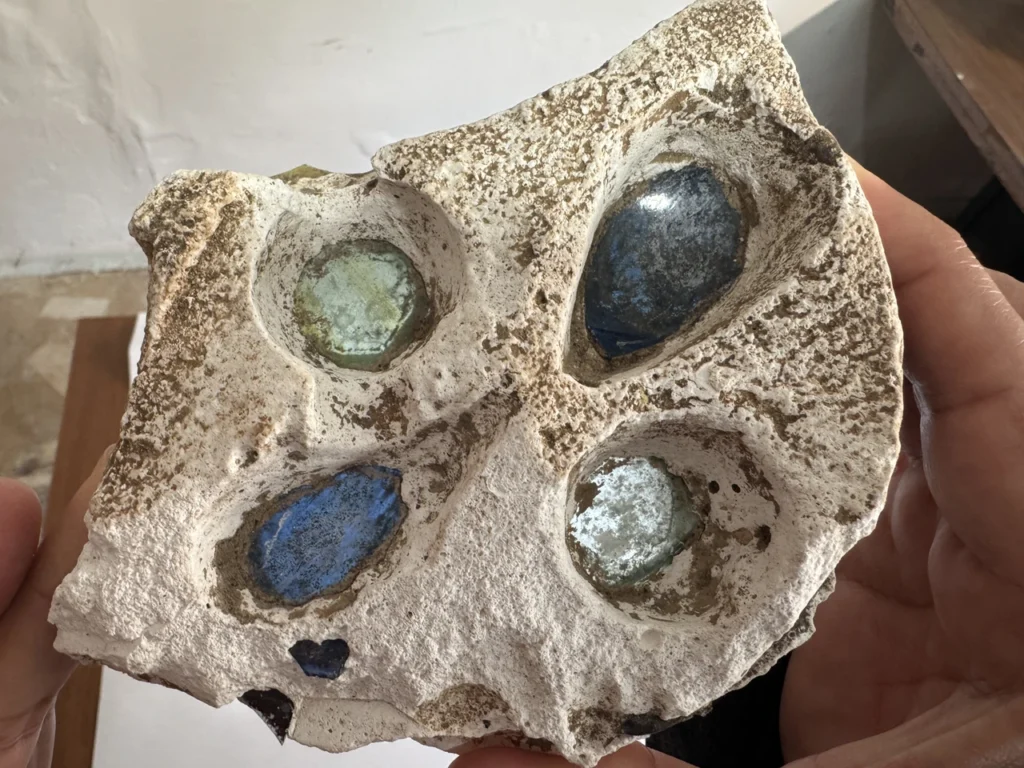
The excavation has also revealed a collection of glass artifacts, including intricately designed vessels that are believed to have been used for baptisms or for carrying holy water.
Professor Önal emphasized the historical significance of the cathedral, stating that it serves as a treasure trove of history, with each artifact contributing to a deeper understanding of Harran’s role in early Christianity and its artistic heritage.
In conclusion, the ongoing excavations at the Harran archaeological site continue to unveil significant artifacts that shed light on the region’s rich historical and cultural heritage. The discoveries, including intricate glass vessels and ancient mosaics, not only enhance our understanding of Harran’s role in early Christianity but also highlight its artistic legacy. As the excavation team persists in their work, further findings are anticipated, promising to deepen our knowledge of this remarkable site and its contributions to the history of the region.
Cover Image Credit: AA

